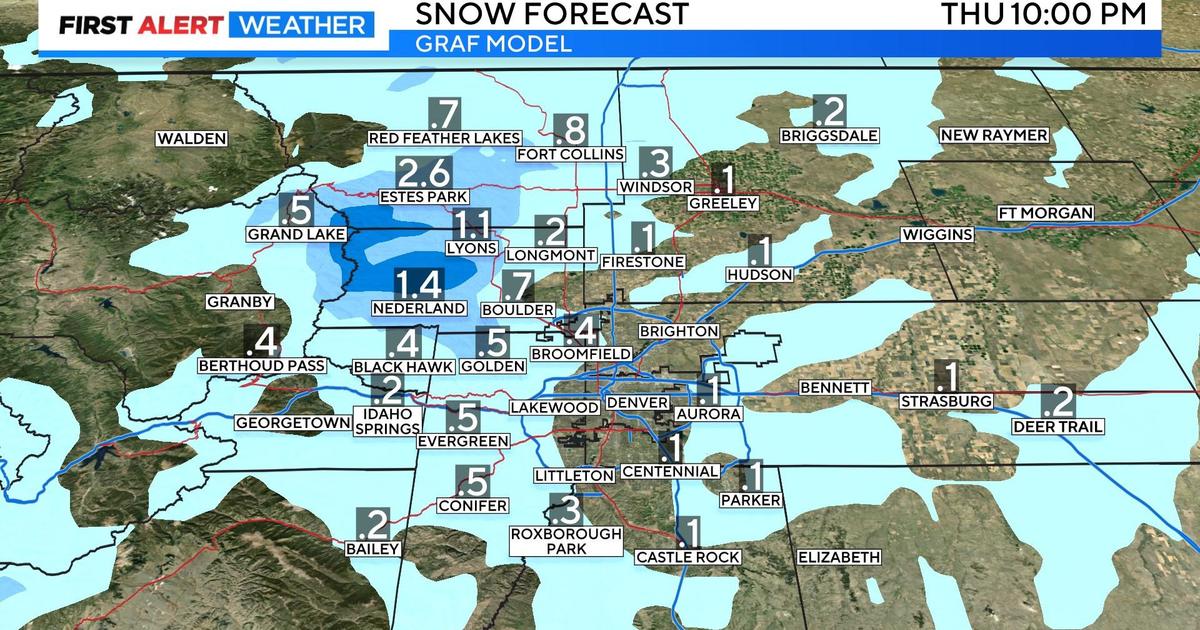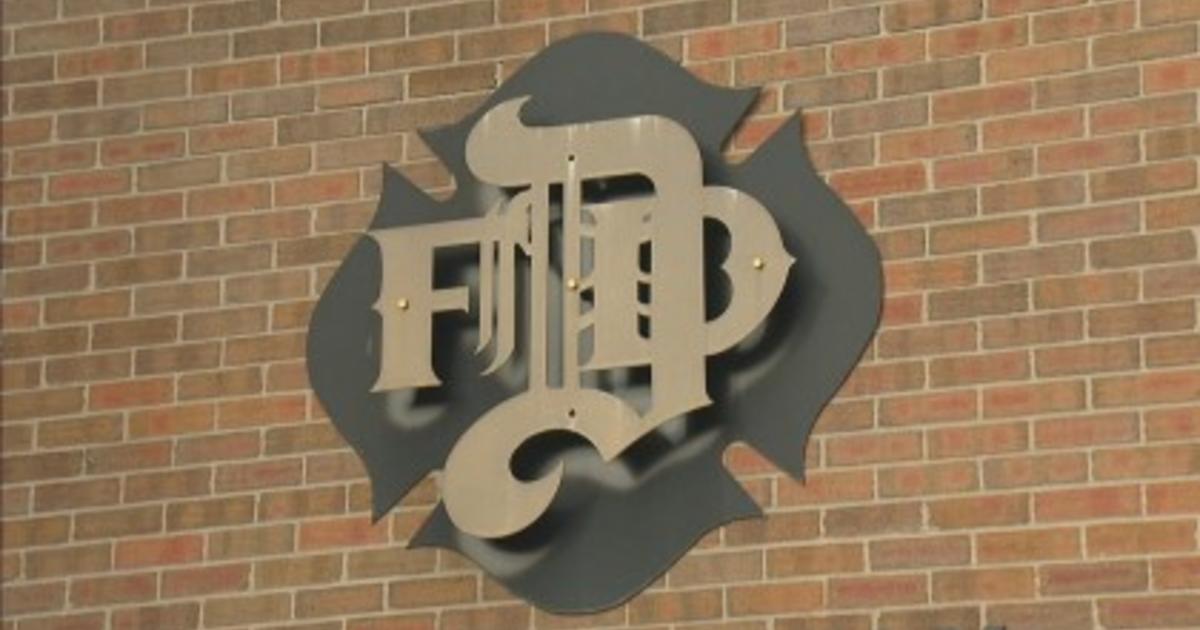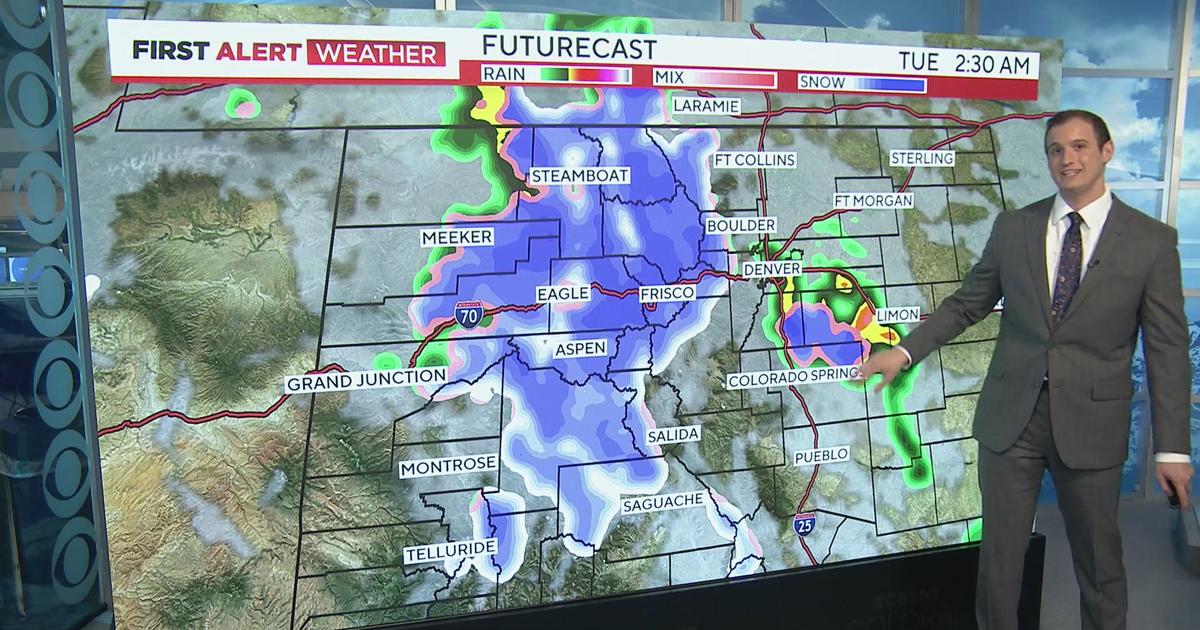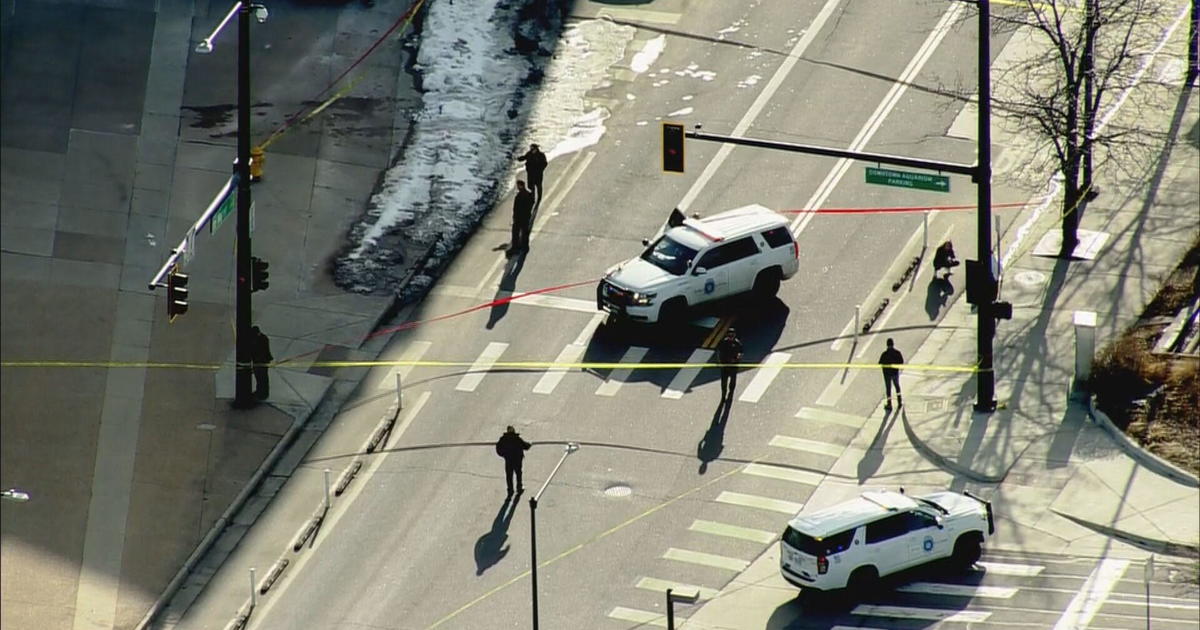Report: More Fuel Than Expected In Lower North Fork Fire
DENVER (AP) - A team of specialists says firefighters underestimated how much unburned vegetation remained inside a prescribed burn in Colorado blamed for triggering a deadly wildfire.
Their review released Monday found that the 200-foot-wide buffer area around the burn by the Colorado State Forest Service wasn't big enough to contain the embers when 55-mph gusts hit four days later.
The Colorado State Forest Service conducted the prescribed burn on March 22 in the foothills 25 miles southwest of Denver. Four days later, a fast-moving wildfire tore through a forested subdivision with spacious lots and narrow gravel roads. Three people were found dead at their homes.
The fire blackened 6 square miles, damaged or destroyed more than two dozen homes and displaced hundreds of people.
The leader of the review, Bighorn National Forest supervisor William Bass, said none of these factors would have triggered the wildfire individually, but they combined to create the disaster. Bass, a 37-year veteran of the U.S. Forest Service with extensive fire-related experience, said the burn was well planned and the only thing not done according to plan was not patrolling the burn area the day before the wildfire broke out. However, he didn't think that a patrol that Sunday would have prevented a wildfire the next day.
"It was a good burn," Bass said.
Since the wildfire started on March 26, meteorologists have determined that the atmospheric conditions that caused the change in the weather that day was similar to conditions seen at the Storm King wildfire that killed 14 firefighters in 1994, he said.
VIDEO: Full News Conference On The Report
Gov. John Hickenlooper appointed the team to review the planning and execution of the prescribed burn.
The review only looked at the burn until it was declared a wildfire. That occurred at 2:30 p.m. on March 26, about an hour after the first sparks crossed the burn's containment lines.
Authorities have said they believe the prescribed burn ignited the wildfire. A separate investigation is looking into the precise cause. The coroner's office is still working to determine the cause of the deaths.
Authorities also are looking into problems with an automated phone call system that sent a recorded message to about 1,000 numbers telling people in the fire's path to evacuate. Some people in the evacuation area did not get a call.
PHOTO GALLERY: Lower North Fork Fire
The State Forest Service - part of Colorado State University and separate from the U.S. Forest Service - conducted the burn on land owned by Denver's water utility, which contracts with the State Forest Service to manage the utility's forest lands.
Prescribed burns are intended to consume dry underbrush, fallen branches and other fuel that could worsen a wildfire.
The State Forest Service, like other forest agencies, has an extensive list of requirements that must be met before a controlled burn can be started, including weather conditions and follow-up patrols.
The review panel's report said that 34 people and five engines - more than double required by the burn plan - were at the site to "mop up" hot spots the day after the controlled burn. It noted there was no mention of upcoming wind events in the spot weather forecast.
During mop up, at least six falling trees, known as "snags," were reported, and firefighters were advised about working too far inside the fire because of the danger.
A team returned to patrol the area the second day after the fire but not the third, based on the weather forecast for that day.
The National Weather Service issued advisories on both days that weekend indicating the high winds would rake the area on the day the wildfire started. The report said that burn leaders were paged on March 25 about the red flag warning for the coming day.
LINK: April 13 Prescribed Fire Review
On March 26, three firefighters returned to patrol the burn area. The report said that winds first increased to around 15 mph and embers jumped "like fleas," reigniting fuels that had already burned. The crews put out two spot fires but weren't able to keep up with a third that popped up outside the containment lines and kept growing.
A broader review of prescribed burns conducted on state lands or by state agencies is also under way. Hickenlooper banned prescribed burns on state land until that review is complete.
- By Dan Elliott, AP Writer
Wildfire Resources
- Visit CBSDenver.com's Wildfire Resources section.
- Read recent Wildfire stories.
Wildfire Photo Galleries
- See images from the most destructive wildfire (Fourmile Fire) and largest wildfire (Hayman Fire) in Colorado history.
(© Copyright 2012 The Associated Press. All Rights Reserved. This material may not be published, broadcast, rewritten or redistributed.)



